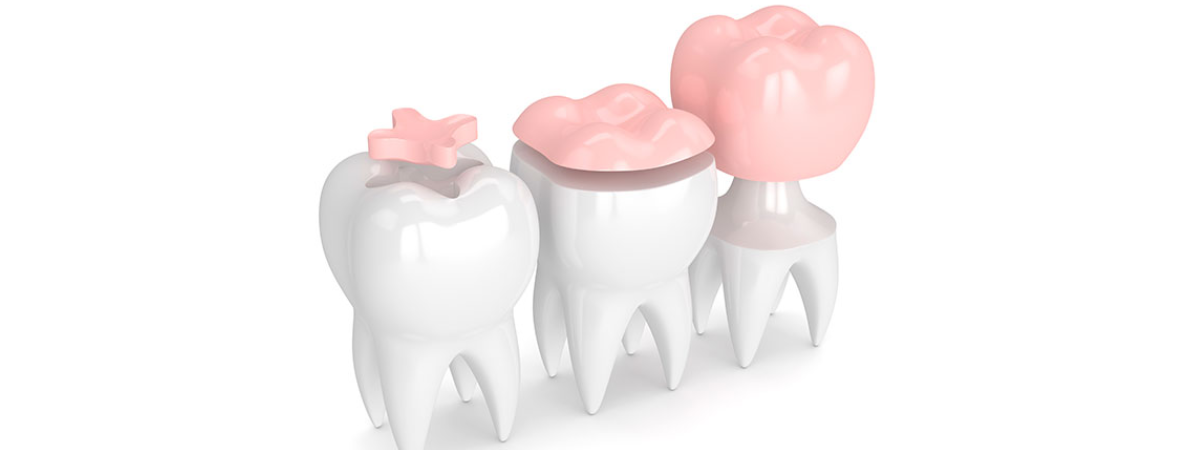Dental Ceramic Onlays vs. Crowns: What’s the Difference and Which Is Right for You?
Dr. Yasin Al-Safadi

When it comes to restoring damaged teeth, modern dentistry offers several solutions. Two of the most common are ceramic onlays and ceramic crowns. If your dentist has recommended one of these treatments, you might be wondering:
What’s the difference?
Why choose one over the other?
What are the advantages and disadvantages?
SO……. Let’s break it down in simple terms.
What Are Ceramic Onlays?
A ceramic onlay is like a partial crown. It covers the damaged or decayed portion of a tooth and restores its shape and strength, but it leaves more of your natural tooth intact.
Think of an onlay as a custom-made puzzle piece that fits perfectly into your tooth. It’s usually recommended when a filling isn’t enough, but a full crown isn’t necessary.
Pros of Ceramic Onlays:
- Preserves more natural tooth structure: less drilling compared to a crown
- Strong and durable: ceramic is more tough and long-lasting than normal filling
- Excellent fit and natural look: blends with your surrounding teeth
- Less impact on gums: because it doesn’t extend as far below the gum line
Cons of Ceramic Onlays:
- Not suitable for very large fractures or heavily decayed teeth
- May be more technique-sensitive for the dentist to prepare and bond
What Are Ceramic Crowns?
A ceramic crown is a full-coverage restoration that completely caps or encases your tooth above the gum line. Crowns are often recommended when a tooth is severely weakened, cracked, or after a root canal treatment.
The crown acts as a protective helmet, strengthening the tooth and restoring its appearance.
Pros of Ceramic Crowns:
- Provides maximum protection for damaged or weakened teeth
- Very strong and long-lasting when properly cared for
- Ideal after root canal treatment to prevent fractures
- Fully restores chewing function
Cons of Ceramic Crowns:
- Requires more removal of natural tooth structure compared to onlays
- Slightly higher risk of gum irritation or recession around the margins
NOW… How Do I Know Which One I Need? The right option depends on:
- The amount of healthy tooth structure remaining
- Whether the tooth has large fractures or cracks
- If there has been a root canal treatment
- Your bite forces and habits (like grinding or clenching) Your dentist will examine your tooth and take X-rays to help you decide.
The Bottom Line
Both ceramic onlays and crowns are excellent solutions for restoring teeth. The main difference is how much of your natural tooth they cover:
• Onlay = Partial coverage (more conservative)
• Crown = Full coverage (maximum protection)
Tip: Always ask your dentist to explain your options and show you models or photos. The more you understand, the more confident you’ll feel about your treatment.
Have questions about which restoration is best for you? Schedule a consultation with Julphar Dental clinic and we’re here to help you keep your smile healthy and beautiful.